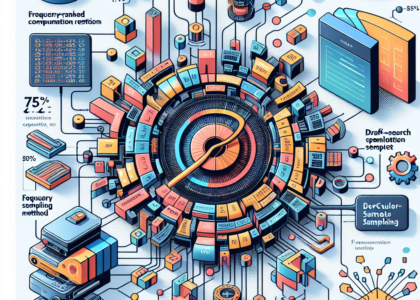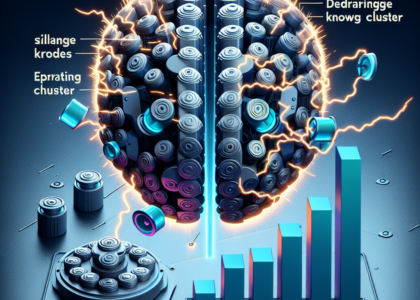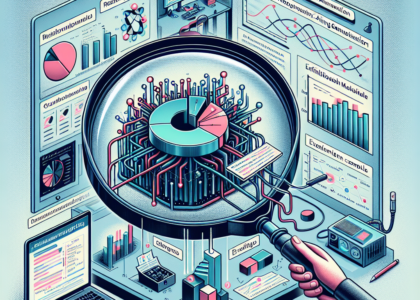Authors: Ziming Liu, Yifan Yang, Chengruidong Zhang, Yiqi Zhang, Lili Qiu, Yang You, Yuqing Yang
Abstract: Diffusion models (DMs) have become the leading choice for generative tasks
across diverse domains. However, their reliance on multiple sequential forward
passes significantly limits real-time performance. Previous acceleration
methods have primarily focused on reducing the number of sampling steps or
reusing intermediate results, failing to leverage variations across spatial
regions within the image due to the constraints of convolutional U-Net
structures. By harnessing the flexibility of Diffusion Transformers (DiTs) in
handling variable number of tokens, we introduce RAS, a novel, training-free
sampling strategy that dynamically assigns different sampling ratios to regions
within an image based on the focus of the DiT model. Our key observation is
that during each sampling step, the model concentrates on semantically
meaningful regions, and these areas of focus exhibit strong continuity across
consecutive steps. Leveraging this insight, RAS updates only the regions
currently in focus, while other regions are updated using cached noise from the
previous step. The model’s focus is determined based on the output from the
preceding step, capitalizing on the temporal consistency we observed. We
evaluate RAS on Stable Diffusion 3 and Lumina-Next-T2I, achieving speedups up
to 2.36x and 2.51x, respectively, with minimal degradation in generation
quality. Additionally, a user study reveals that RAS delivers comparable
qualities under human evaluation while achieving a 1.6x speedup. Our approach
makes a significant step towards more efficient diffusion transformers,
enhancing their potential for real-time applications.
Source: http://arxiv.org/abs/2502.10389v1





